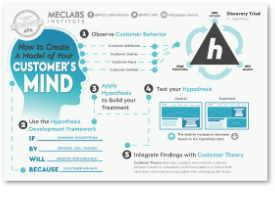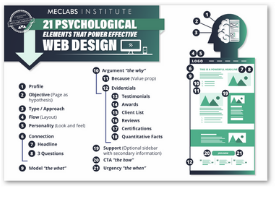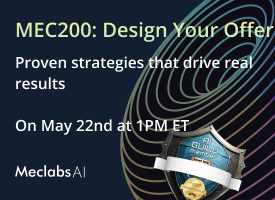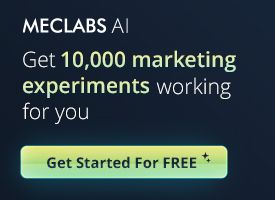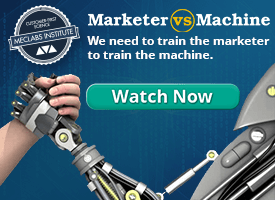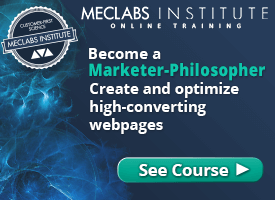From Engagement to Conversion: A deep dive into effective marketing strategies
This article breaks down the key messages from a live webinar I taught to the SCORE community about marketing, entrepreneurship, and overcoming business challenges. I walked through a real-time analysis of sales sheets and website messaging to show how to get unstuck and communicate value clearly.
You can watch the webinar below, or scroll below it for some key resources and a MeclabsAI-written summary.
Some key resources:
- Here are the slides
- Join us on April 23 at 2:30 pm EDT for ‘MEC050: Let AI Agents Market For You’
- Join us on April 24 at 1 pm EDT for the Offer Value Proposition session of ‘MEC200: Design Your Offer’
The webinar emphasized practical strategies to help entrepreneurs:
- Identify where they feel stuck
- Develop better messaging for their products or services
- Energize their marketing approach using proven tactics
Daniel Burstein underscored that effective marketing is not about hype—it is about communicating clear, actionable value.
Focusing on Customer Needs
The core idea was to always speak directly to the customer’s problems. Key points include:
- Be Clear About the Product: Ensure that the product’s benefits and key features are immediately obvious.
- Target Pain Points: Address what matters most to potential customers, whether it is cost, safety, or performance.
- Use a Customer-First Approach: Explain the value proposition in language that your audience understands.
The Micro-Yes Architecture
Burstein introduced the concept of the “Micro-Yes Architecture”—a step-by-step process originally created by Flint McGlaughlin to guide potential customers toward conversion. Key stages include:
- Attention:
- Use strong headlines (e.g., “Improve operational efficiency and safety with all contactless switches”)
- Pre-header elements signal to a specific audience (such as automotive or fleet safety managers)
- Engagement:
- Describe a unique benefit, like reacting only to a human signature, that differentiates the product
- Provide evidence such as lab testing results to build credibility
- Understanding and Belief:
- Break down complex ideas in simple, relatable terms
- Reinforce how the product meets the customer’s specific needs
- Desire and Uniqueness:
- Show why the product is exclusive through patented technology or a unique design
- Present competitive comparisons subtly to boost customer confidence
- Call to Action (CTA):
- Conclude with tangible next steps (e.g., “Get an instant free amortization schedule” or a QR code leading to a custom landing page)
Crafting a Customer-First Value Proposition
Another major theme was the need to build a “Customer-First Objective.” This involves:
- Restating the Core Message: Simplify the primary benefit in your own words
- Analyzing Key Benefits: Converting features to benefits (a quarter-inch drill bit versus a quarter-inch hole)
- Refining the Message: Use customer feedback to fine-tune the journey from product feature to customer need
- Using Real-World Examples: Incorporate case studies, testimonials, and storytelling (e.g., the story of “Chatty Dragons”)
Optimizing Digital Presence: Landing Pages vs. Product Pages
The discussion also highlighted practical technical advice:
- Dedicated Landing Pages:
- Create pages directed toward specific ad campaigns.
- Match the landing page content to the creative messaging in your ad.
- Owned Digital Assets:
- Avoid overreliance on “rented land” platforms (e.g., Google Sites or social media pages)
- Invest in your own website (e.g., using WordPress) to build a long-term digital home for your brand.
Conclusion and Next Steps
By breaking down complex marketing challenges into manageable, actionable steps, the webinar showed that clear, customer-focused messaging can drive higher conversion rates.
Remember:
- Use the Micro-Yes Architecture in every communication
- Place customer benefits front and center
- Build and optimize dedicated digital assets that reinforce your value proposition
Categories: Marketing call-to-action, quick response




